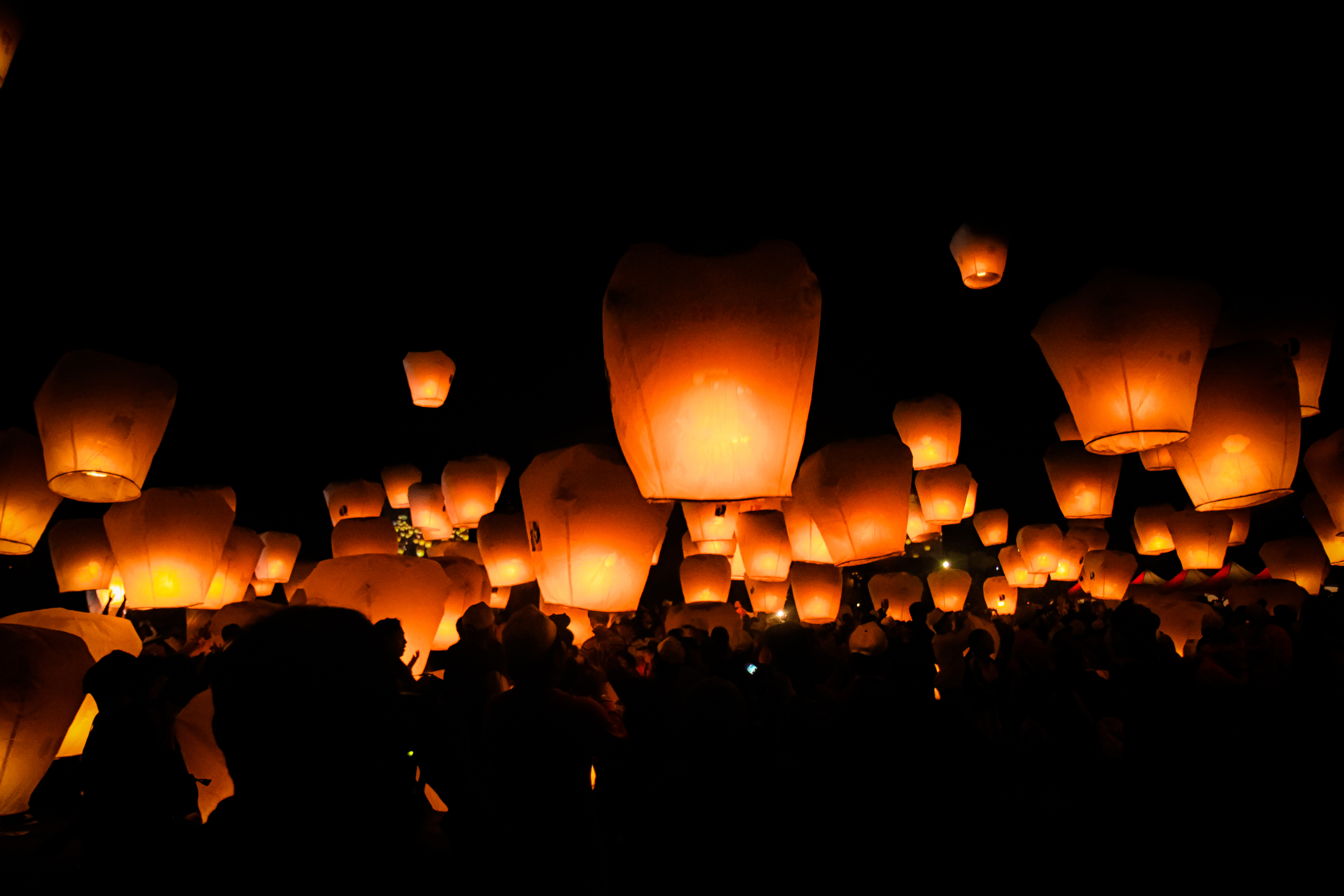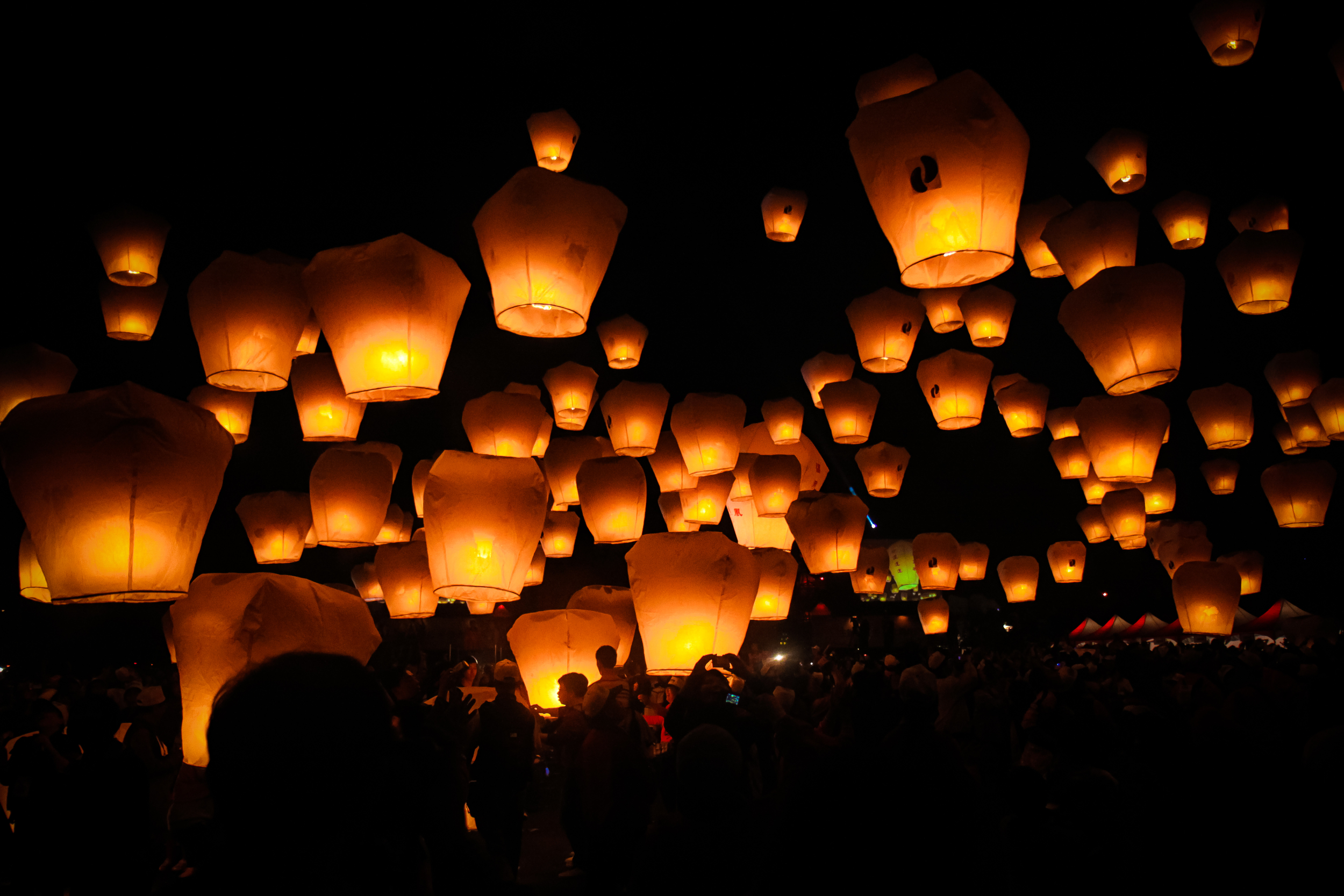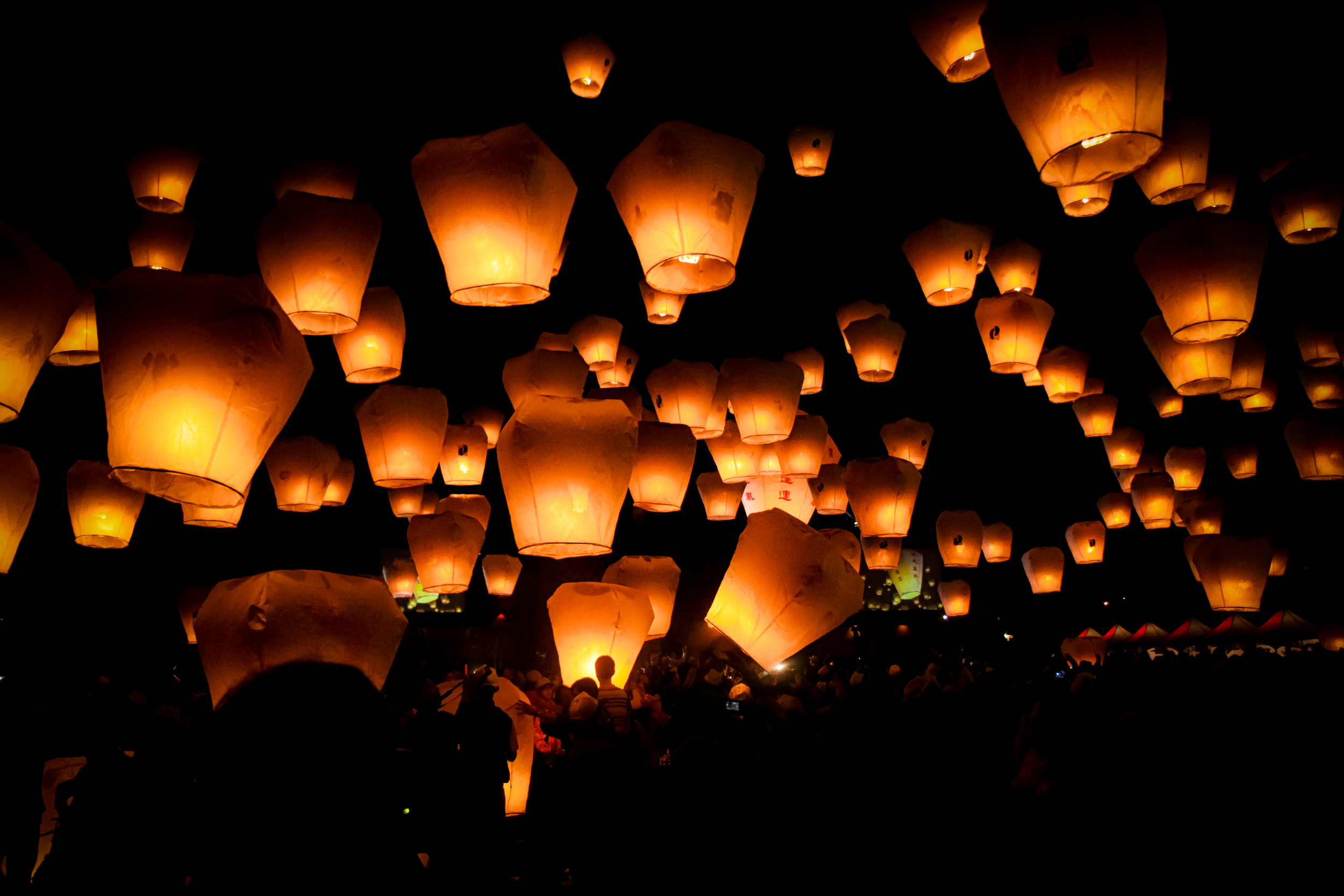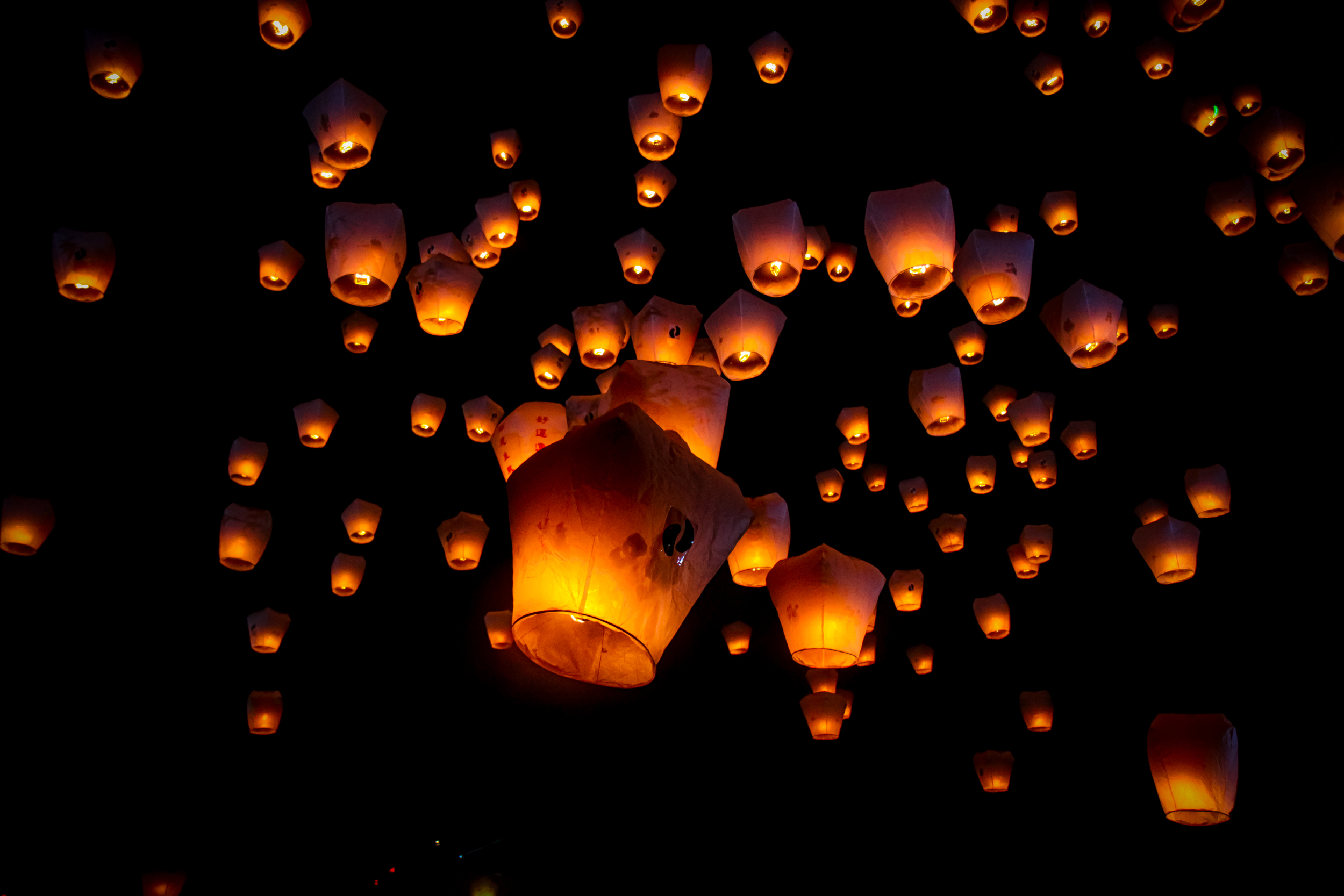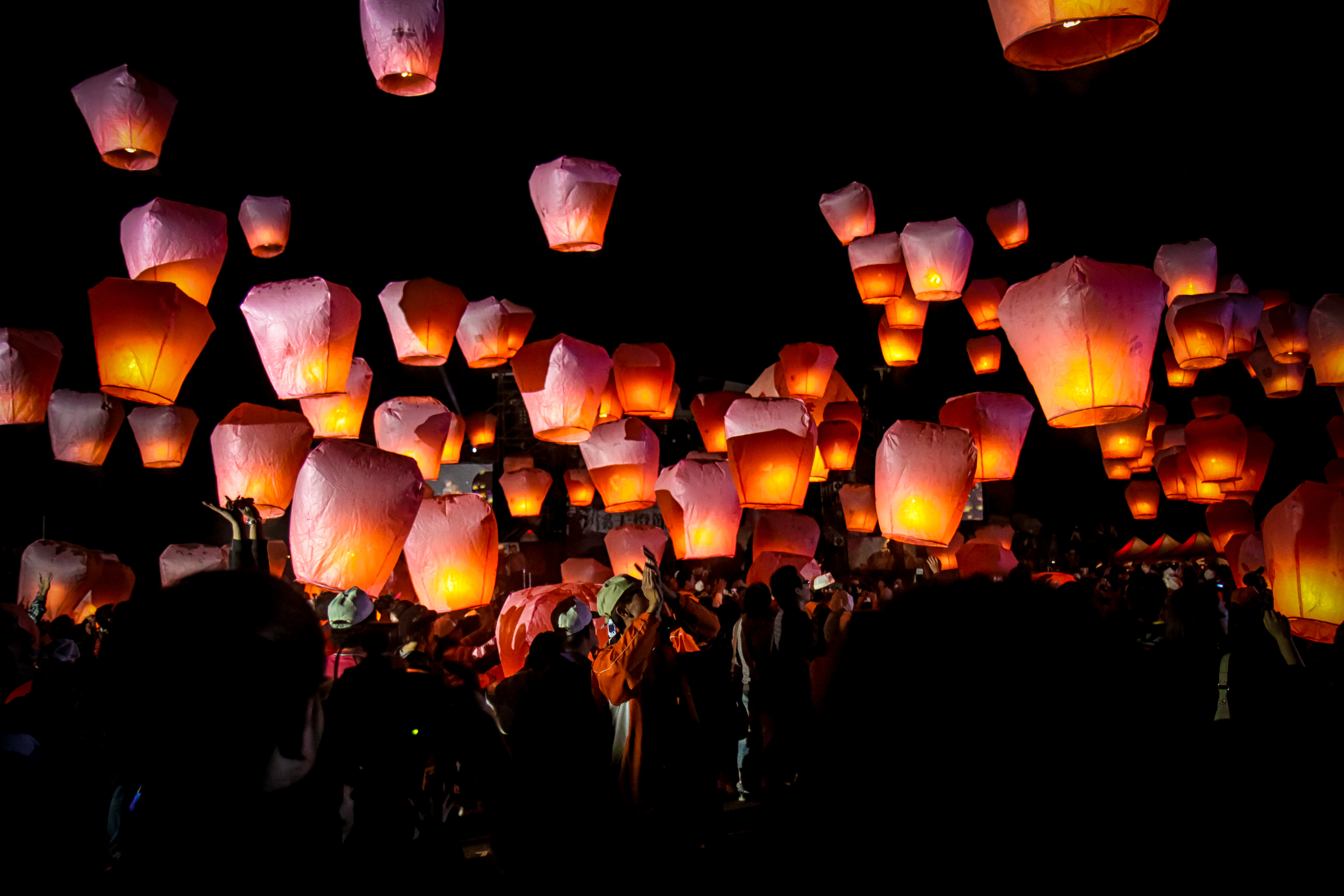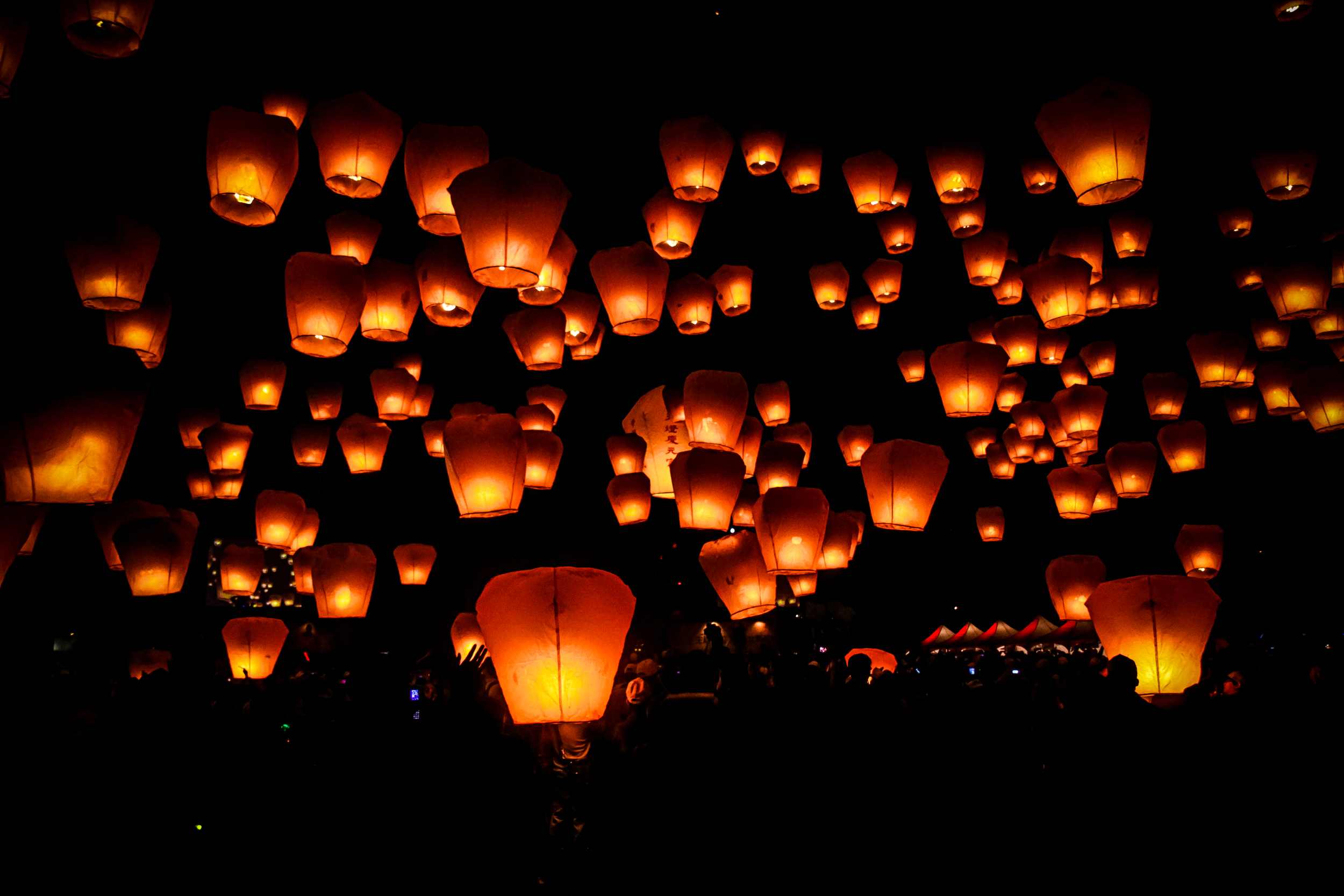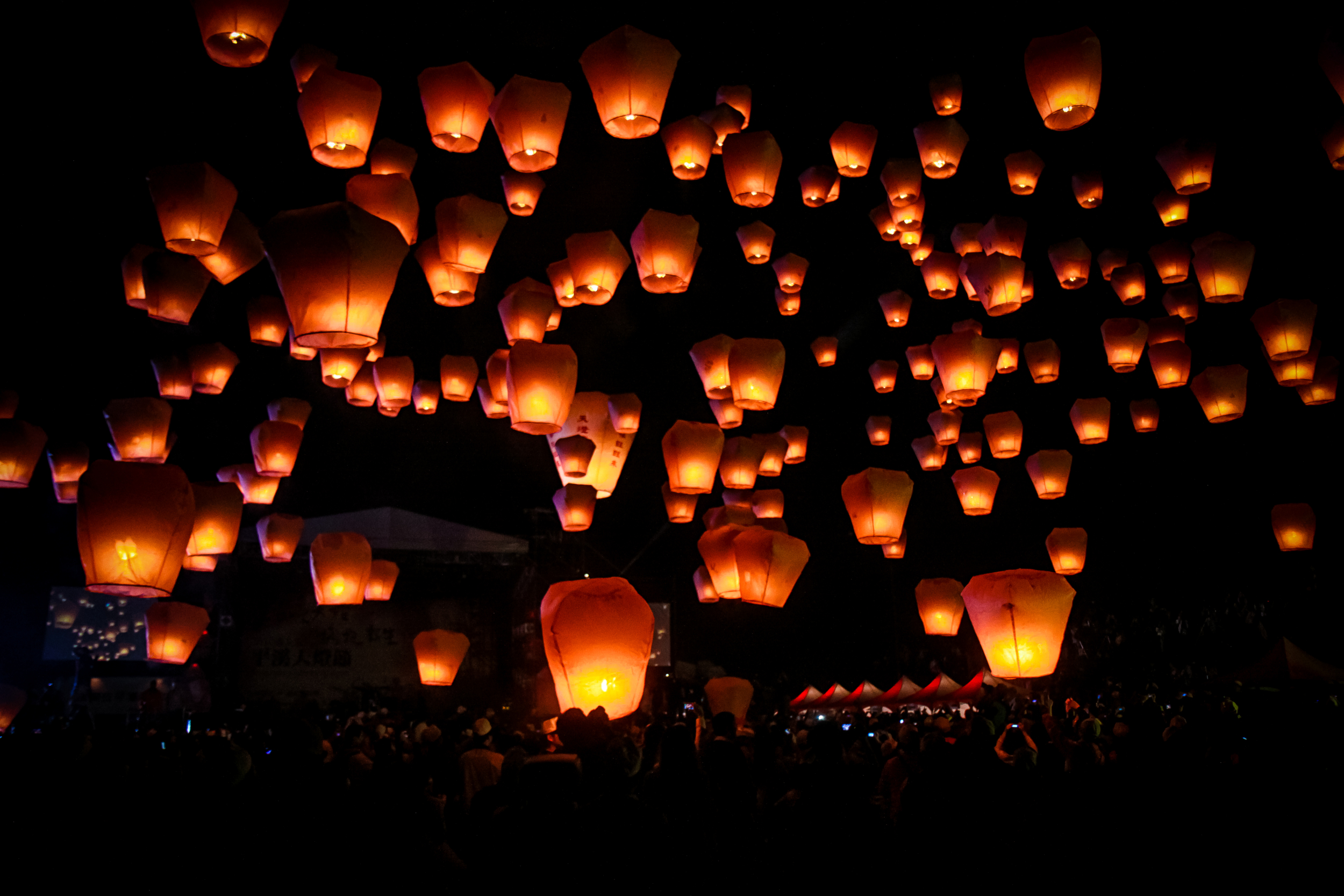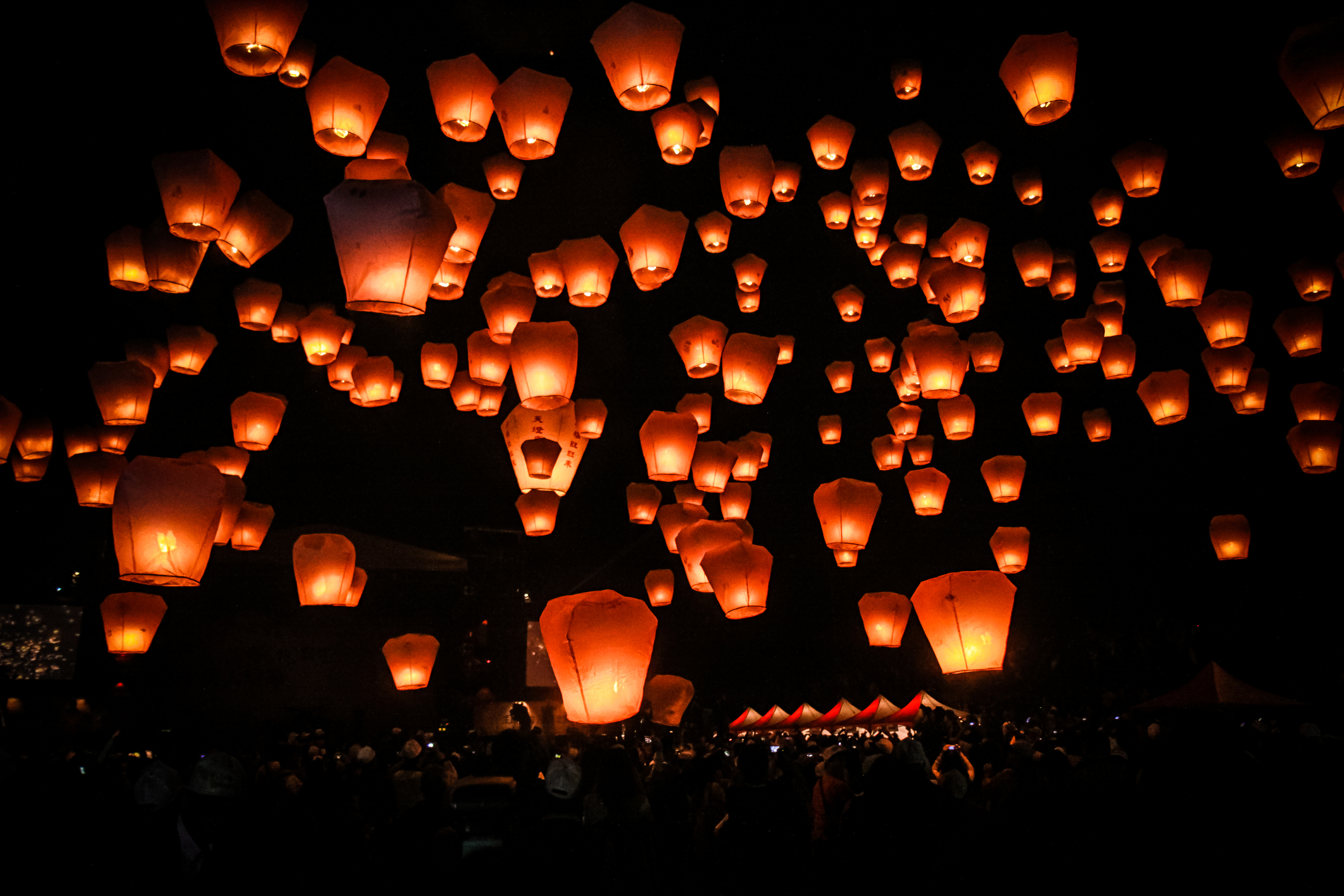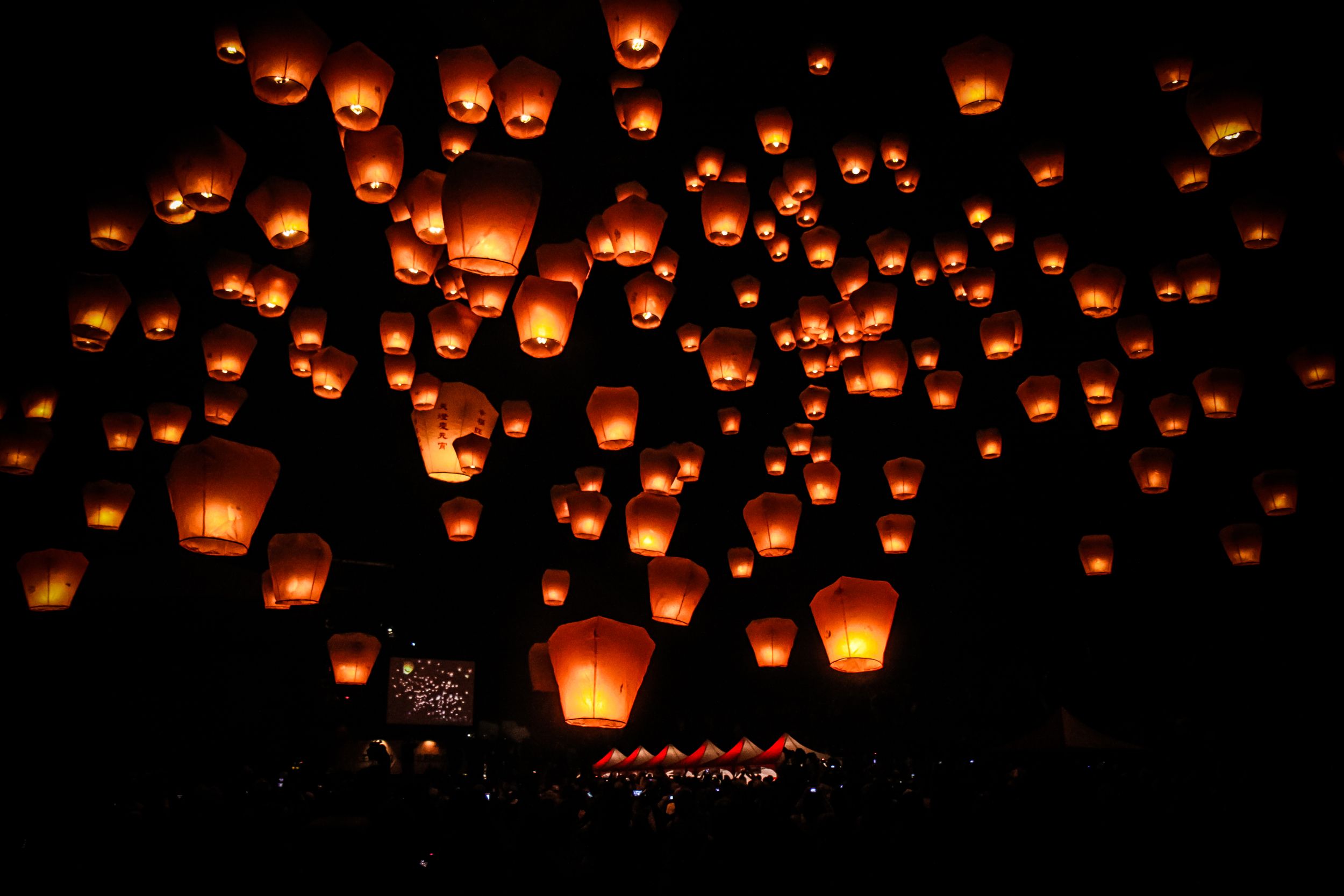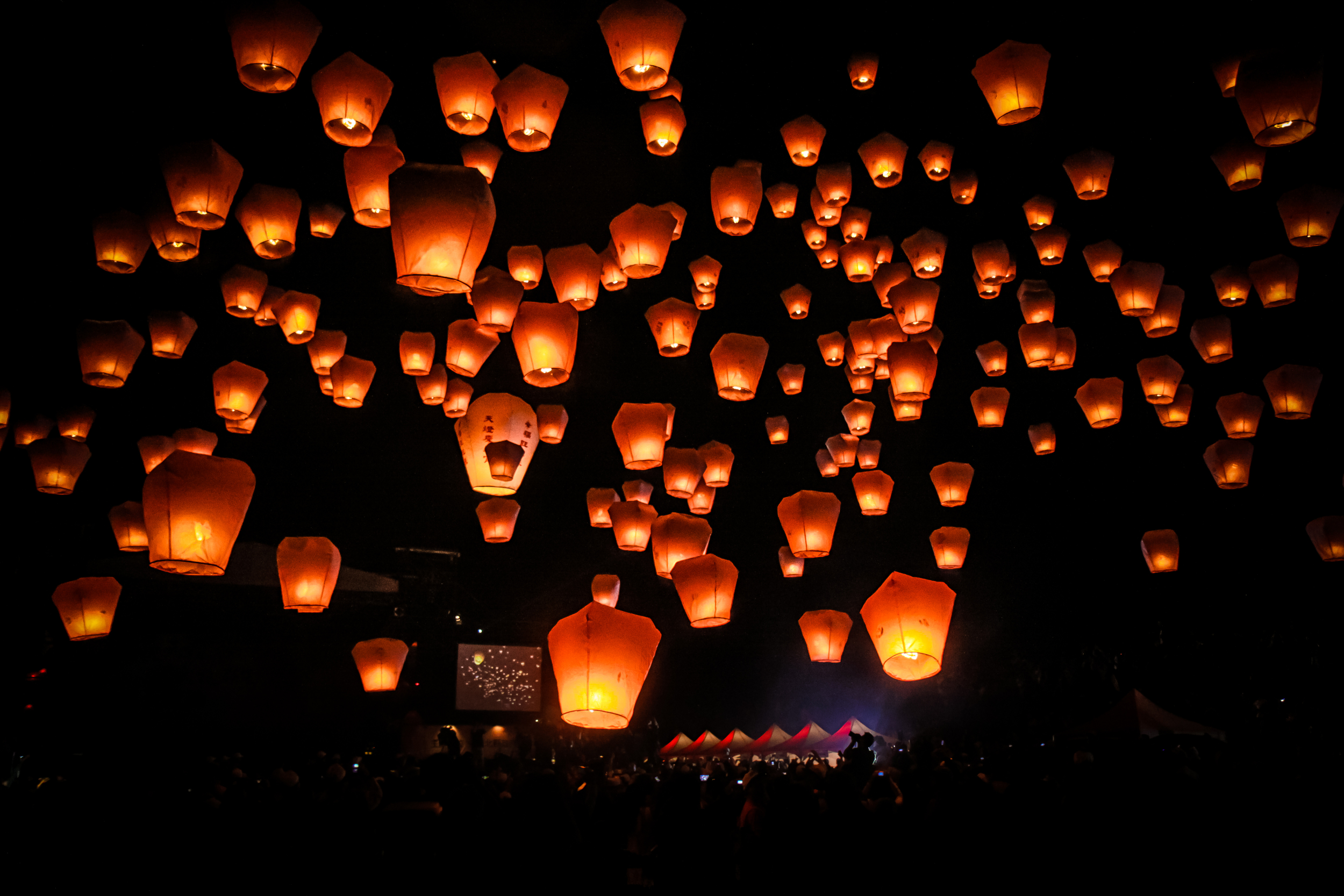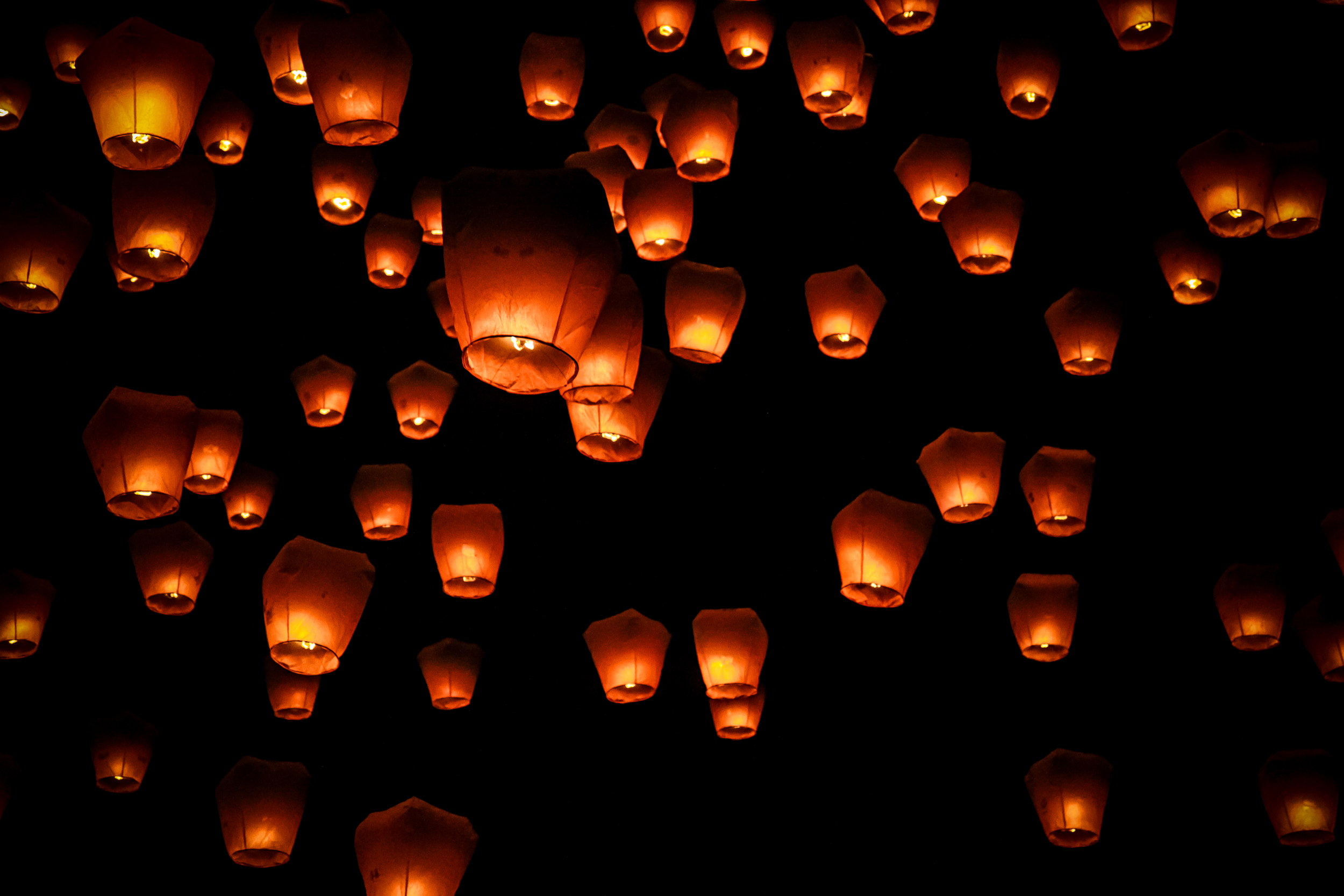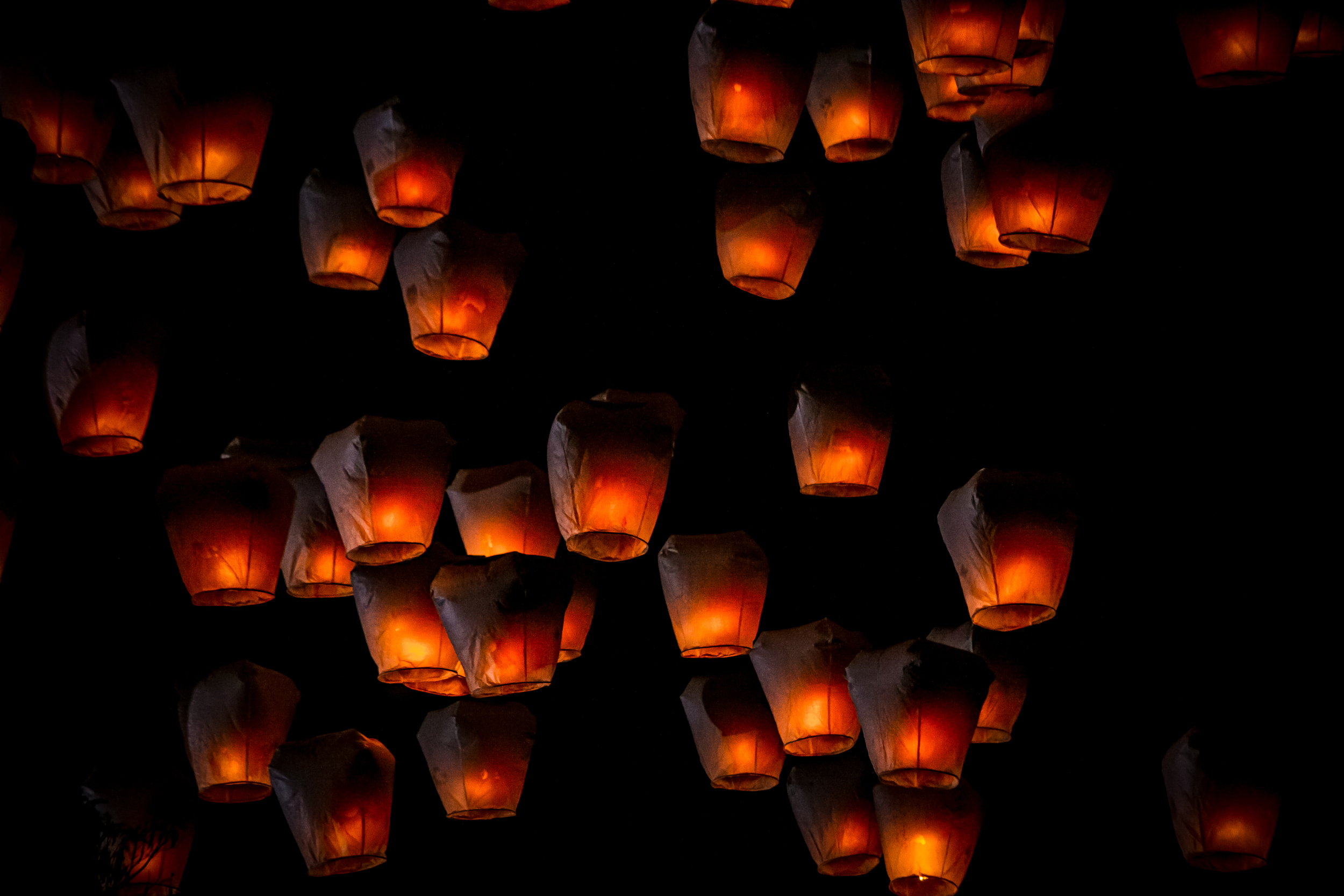
The Sun Setting on Bali (八里日落)
Featured

Ogon Shrine (黃金神社)
New Taipei City

The Sun Setting on Bali (八里日落)
Lunar New Year goes by quite a few names in both Chinese and in English - one of the most popular and probably the one I use most often is the “Spring Festival” (春節) and when it comes, it is supposed to be a lot like Groundhog Day at home by ushering in Spring and more importantly warmer weather. Unfortunately for those of us living in the north of Taiwan, that is rarely ever the case. If there was a groundhog in Taiwan, it'd clearly always retreat back to its burrow. The winters in northern Taiwan are typically cold, rainy and generally dreary with months of grey skies - although this year hasn't been as bad as some of the most recent we've had to endure.
One of the clearest indications that Spring has really arrived in Taiwan is when the cherry blossoms (sakura) on trees throughout the country start to bloom. In areas where these cherry blossoms are abundant, you'll also find abundance in crowds rushing to see them finally getting a chance to get out of the house and enjoy a nice day.
Of all the hot spots for sakura viewing, Tian-Yuan Temple (天元宮) is one of the most popular and is in the closest proximity for residents of Taiwan’s capital city. When the cherry blossoms at the temple start to bloom, shuttle buses will surely be ready to transport thousands of people per day to the temple from Danshui’s MRT station making a visit to the temple an exercise in convenience and patience as well.
Interestingly enough, there are Chinese websites that track the progress of growth for the cherry blossoms at the temple and when the percentage gets high enough, you'll have massive crowds of people rushing to get a view. As of yesterday, the sakura were currently around 50-60% in bloom.
The 200 meter tall Temple of Heaven Pagoda
The 200 meter tall “Temple of Heaven” pagoda paired with the cherry blossoms that surround it on all sides and on the mountain behind it is what separates this area from all the other sakura viewing spots around the country. The temple has five floors and each floor has a giant shrine dedicated to different Taoist gods. The temple is open year-round but it usually enjoys the most visitors between late February and April when the sakura are in bloom.
I feel like the pagoda paired with the sakura and the mountains gives an especially cool experience for foreign tourists and expats like myself who visit as all of these things together give off a very "Asia-esque" feeling and is something you don't always get when you're walking around the busy streets of Taipei.
Yoshino Cherry Blossoms (吉野櫻)
The Sakura found at Tian-Yuan temple are known as Yoshino Cherries (吉野櫻) and while the origin of the species is under dispute, we know that the trees started to be cultivated in Japan during the Edo Period (1603-1867) and were brought to Taiwan by the Japanese in the 20th Century.
Taiwanese people's love for Sakura blossoms is often considered to be a remnant of the Japanese colonial period on the island when Japanese culture and education were forced on the people of the island. The period of Japanese rule on the island certainly had its negative aspects, but while the they were here, they also did a lot to develop the infrastructure of the island and without Japan, the economic miracle that took place in Taiwan likely wouldn't have been possible. Of all the countries in Asia that experienced periods of Japanese rule, the Taiwanese seem to be the least bitter about it and the people here embraced parts of Japanese culture and cuisine and integrated it into part of the Taiwanese identity we see today.
Young Taiwanese men enjoying the cherry blossoms.
Taiwanese people continue to hold Japanese culture in high regard while there are no formal relations between Taiwan and Japan, the two countries are mutually respectful and often work together. In the aftermath of the devastating 2011 Tohoku earthquake for example, the Taiwanese people proudly stood up and donated 20 billion Yen ($165 Million US) to the relief efforts which was astonishing considering the population of Taiwan compared to all the other nations who donated. Every year on March 11th (earlier this week) the Japanese parliament remembers to thank the generosity of their Taiwanese friends and Japanese people all over the country reflect on what Taiwan did for them in their time of need and express their gratitude.
Respect for Japanese culture may be one reason why Taiwanese love sakura so much, but I would also point out that among all the countries I've visited in the world, none have had the appreciation and love of flowers that you see here with the Taiwanese people. Taiwan is a fertile land with fruit, flowers and vegetables growing all over the place. When there are flowers to be seen, you can be sure to see crowds of people enjoying the beauty of nature.
The unfortunate thing about cherry blossoms is that their blossoming period only lasts a little over month each year. Therefore, if you want to enjoy their beauty, you're going to have to suck it up and put up crowds of people. If you are planning on going to Tian-Yuan temple to see the sakura, you still have a week or two to see them, but if you choose to do so on the weekend, be sure to plan it as a day trip as you'll be waiting in line for shuttle buses to the temple and back to Danshui MRT station. The trip is highly worth it though, so if you have time in the next week or two, make sure to visit Tian-Yuan temple!
Getting to the temple is easy, if you're driving, just follow the map.
If you're relying on public transportation (which is highly recommended due to traffic jams on the mountain) just take the MRT to Danshui Station (淡水捷運站) and across the street from the station there are bus stops where you will likely see lines of people waiting for the shuttle bus.
The line for the shuttle bus going back to Danshui MRT is in the parking lot of the temple.
My visit to this year‘s Pingxi Sky Lantern Festival (平溪天燈節) was frustrating from a photographic perspective. I wasn't happy with any of the shots that I took and I really didn't like the way the venue was set up and likely took my frustration out (in blog form) on my inability to take good shots on the event itself - I'm writing this blog as somewhat of an apology for my complaints last week and as a way to make it up to you for some crappy shots.
As a backstory, getting to Pingxi that day for the Sky Lantern festival required an early start to day, driving to the bus station in Zhongli (中壢), meeting up with friends, taking a bus to Taipei, taking the MRT to the Taipei Zoo and then waiting in line for the bus and taking the bus to Pingxi. The whole trip took nearly four hours and then had to be repeated on the way home with an additional two hours of waiting in line for the bus from Pingxi to Taipei Zoo.
After all that travelling time, taking shitty shots of the event was maddening and I can't blame that on the organizers or all the photographers who had three meter tall tripods (making my beloved Carbon-Fibre Manfrotto look like a hobbit) - I can only blame myself.
Let me reiterate that the Pingxi Sky Lantern festival is an awe-inspiring event and the accolades it receives internationally as being one of the world’s premiere cultural attractions are well-deserved. (Fodor's Travel) If you have the chance to attend the event, I think you should definitely seize the opportunity and get yourself there.
I still stand by what I wrote in my previous blog entry about the pros and cons of attending the event. I think there is still room for improvement, but I believe that the organizers in the New Taipei City government have done a great job in organizing this massive event. I would hope in the future that they continue to improve to make it even more enjoyable and for everyone involved - especially children who are vertically challenged.
I went back into the archives to find some old shots from the Sky Lantern Festival and have re-processed them to share with everyone just to show what an amazing experience the Pingxi Sky Lantern can be! The 2015 Sky Lantern festival wrapped up earlier this week on March 5th which was the last day of the Lunar New Year celebrations – if you missed it, you'll have to wait until next year.
You can still visit Pingxi though and you can easily fly your own sky lanterns year-round. It is relatively inexpensive (NT$200-300) and a pretty cool experience writing your own wishes with a calligraphy brush on a lantern before sending it flying away in the sky!
Enjoy the "new"-old shots.
